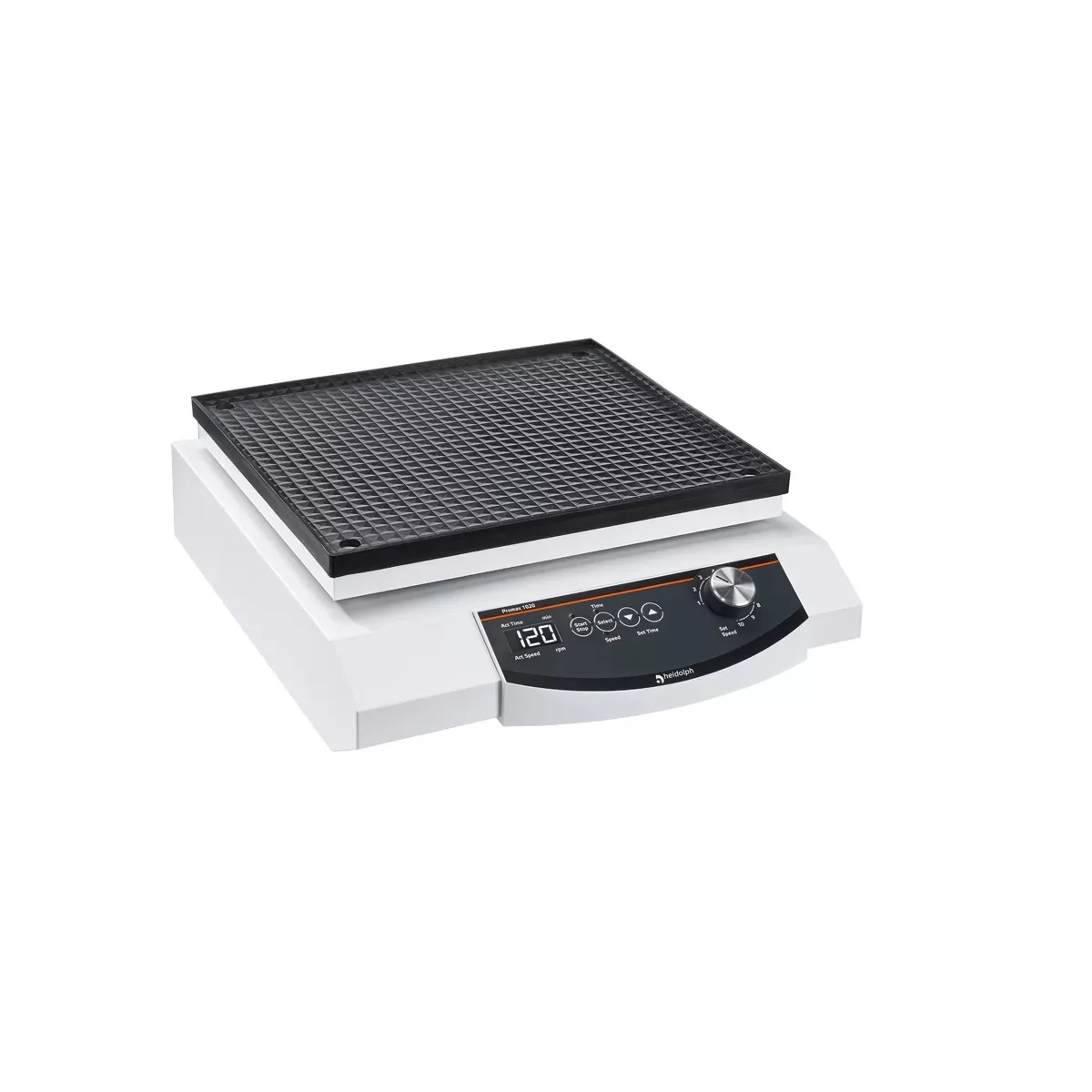Precision and Versatility in Motion – Discover the Laboratory Shaker
Laboratory Shaker Heidolph Promax 1020 are essential instruments in biological, chemical, and pharmaceutical research. From gently mixing solutions to high-speed agitation for cell culture or sample preparation, shakers ensure uniform motion for accurate and reproducible results. Whether you’re working with blood samples, reagents, or microbial cultures, a reliable shaker enhances the efficiency and consistency of your experiments.
What is a Laboratory Shaker?
A laboratory shaker is a device used to mix, agitate, or blend substances in tubes or flasks by shaking them. This controlled motion facilitates chemical reactions, improves solubility, and ensures homogenous mixtures in biological and chemical laboratories.
Types of Laboratory Shakers
Each shaker type is designed for specific applications and laboratory settings. The most common types include:
1. Orbital Shaker
-
Circular motion
-
Ideal for culture growth and solubility studies
2. Reciprocating (Linear) Shaker
-
Back-and-forth motion
-
Suitable for staining gels or hybridization
3. Rocking Shaker
-
Gentle rocking motion
-
Commonly used in gel staining and de-staining
4. Vortex Shaker
-
Rapid, small circular motion
-
Used for quick mixing of small volumes in tubes
5. Incubator Shaker
-
Combines shaking with temperature control
-
Ideal for microbial and cell culture applications
Key Benefits of Using a Laboratory Shaker
-
✅ Consistent and uniform mixing
-
✅ Time-saving for repetitive mixing tasks
-
✅ Improved reproducibility of results
-
✅ Adaptability for various sample types and volumes
-
✅ Compatible with multiple vessels – test tubes, Erlenmeyer flasks, beakers
Technical Specifications to Consider
| Feature | Description |
|---|---|
| Speed Range | Adjustable (e.g., 50–500 RPM) |
| Motion Type | Orbital, linear, vortex, rocking |
| Load Capacity | Depends on model – from microplates to large flasks |
| Timer Function | Digital/analog timer for automated cycles |
| Temperature Control | Available in incubator shaker models |
| Platform Size | Varies based on model and vessel compatibility |
| Control Interface | Manual knobs or digital touch panels |
| Noise Level | Typically low-noise operation |
Applications of Laboratory Shakers
-
🔬 Life Sciences: Cell culture, DNA extraction, bacterial growth
-
💊 Pharmaceutical: Dissolution testing, sample homogenization
-
🧪 Chemical Research: Solubility testing, compound mixing
-
🧫 Clinical Labs: Blood sample processing, reagent mixing
Tips for Selecting the Right Shaker
When choosing a shaker for your lab, consider:
-
Type of motion required
-
Sample volume and container type
-
Environmental conditions (e.g., temperature needs)
-
Speed and timing precision
-
Footprint and lab space constraints
Summary
A laboratory shaker is a vital asset for achieving consistent mixing in a wide range of scientific applications. By choosing the appropriate type and features, you can enhance your lab’s efficiency, ensure better experiment reproducibility, and save valuable time in manual tasks. Whether you’re cultivating cells or preparing samples for analysis, a high-quality shaker delivers motion you can rely on.





Reviews
There are no reviews yet.